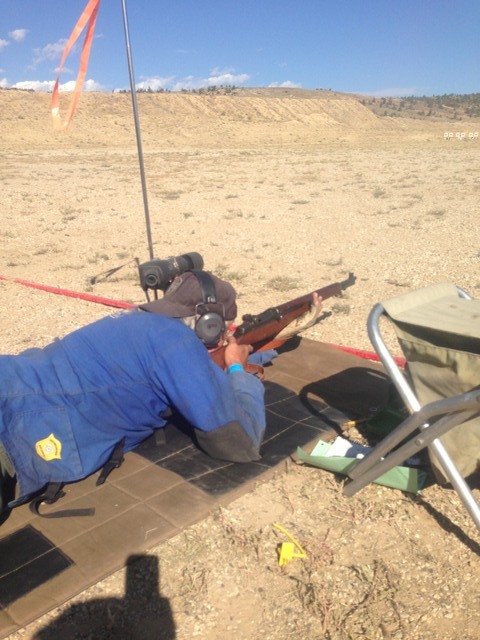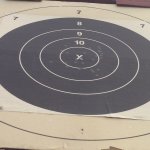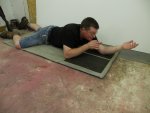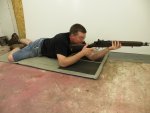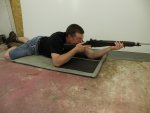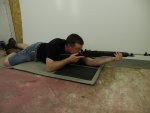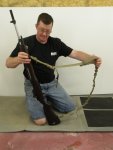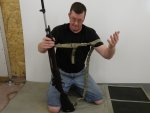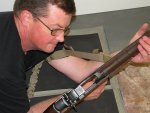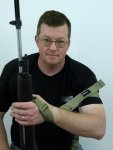I don't know how many on here may have read Lt.Col. Dave Grossman's book, "On Killing," but it has a very interesting history of why the army switched from teaching honest to God marksmanship, to the quick and dirty format we have today. Simply put, the older program taught troops to shoot, but failed pretty badly at training them to kill, based on the findings of Gen. S.L.A. Marshall after both WWII and Korea. While the shift to silhouette targets and combat techniques was needed, I think (personal observation here) that they swung the pendulum way too far. We've completely abandoned true marksmanship, and really don't have the cadre to teach it as it should be anymore. As far as DI's, I'll hazard a guess that most of them learned to shoot in the military, and aren't all that well versed in proper marksmanship to begin with. See a couple of personal stories on previos posts right here that tend to verify that. The real instructors of marksmanship, such as AMU, are simply spread too thin to be able to address the Big Army at large.
Not a good situation, but it's nice to know there are still some railing against the system.
in my experience, no worse place to learn to shoot, let alone "to kill"(?), than "my" former army_
I dare supposing that it could be better, now_ (worse it's Impossible)_
Last edited:

